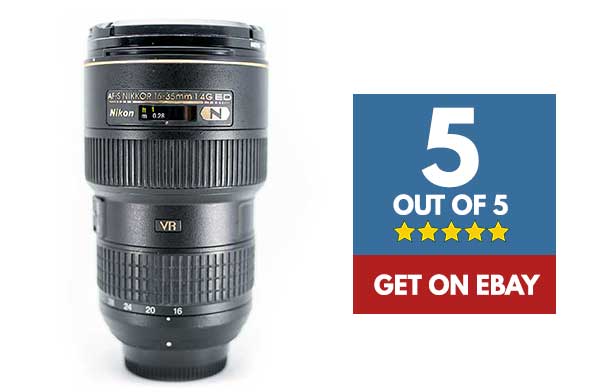INTRODUCTION
THE BIRTH OF ANOTHER KING?
Welcome to a review of the Nikon 16-35mm f/4 G lens. In 2007, Nikon released a beast called 14-24mm f/2.8 into the wild. It is sharp, crisp, solid, and has little distortion despite being a wide 14mm. It is an excellent lens, and people had no qualms crowning it the king of the ultra-wide lens.
A few years later in 2010, Nikon released another ultra-wide, the 16-35mm f/4 lens. However, it is not meant to replace the king, but to be the successor of 17-35mm f/2.8… But it is still being commonly compared to the king. So just how does it fare, and will it be another king? Read on to find out!
OUTLINE
THE OVERVIEW
| Price | About USD 1050 for new, about USD 850 for used. |
| Links | Official Website: Nikon 16-35mm f/4G ED VR Get from eBay: Click here |
| Build Quality | One solid lens, weather-sealed. |
| Optical Quality | An eye-candy producer. Sharp and crisp. |
| Mechanics | Accurate, smooth and quiet. |
| Usefulness | Good for landscape, street, and maybe some portrait. |
| Value-for-money | Expensive gold ring lens, but worth the price |
| Overall | A great lens for landscape photographers. |
NAVIGATION
TABLE OF CONTENTS

Section A |

Section B |

Section C |
Closing |
SECTION A
LENS WALKTHROUGH
 All right, let us now walk through the details of the Nikon 16-35mm itself – Just how well does it fare and is it a worthy wide-angle lens?
All right, let us now walk through the details of the Nikon 16-35mm itself – Just how well does it fare and is it a worthy wide-angle lens?
BUILD & QUALITY
When I first got the 16-35mm, the first thing that stood out was the gold ring. Yes, this is the second gold ring in my collection, and this lens sure does not look like a cheap toy. With 17 elements packed inside, you might think that it is going to be massively heavy with a lot of glass and metal.
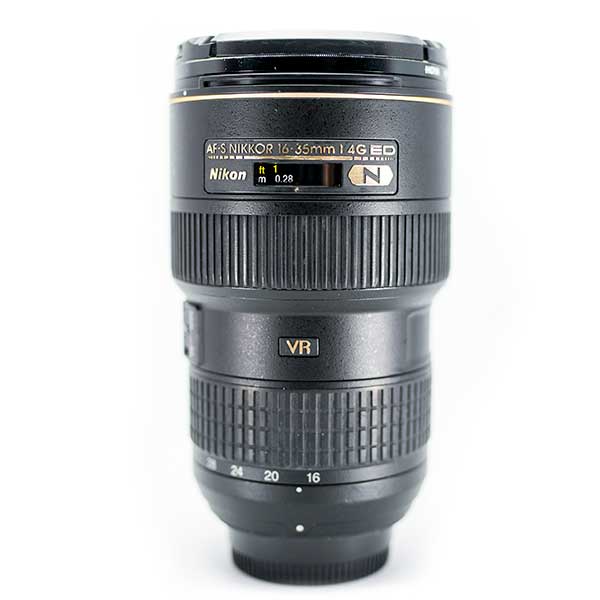
Turns out, it is rather light for a lens with a lot of glass. Guess that is because Nikon used more plastic than metal. I am going to be honest. It does feel a bit flimsy when I first handled this lens. But after a few years of using this lens, I say this with confidence – This lens is built solid.
The next thing that stood out, was f/4… even though I already knew before the purchase. Some people might think that f/4 is slow, but that is sufficient for me. This lens will be mounted on a tripod most of the time anyway, and it has VR. Plus, if Nikon made this an f/2.8 lens, it will probably become 82mm and the price will increase by another $500.
CONSTRUCT
The 16-35mm is a rather light lens for a gold ring, and it does not feel very solid. But it is still alive and kicking after a few years of shooting in the rain and snow. That goes to show a solid build and good weather sealing.
It also comes with a detachable lens hood, which I do not often use (I stack rectangular filters on it). Apart from the focus and zoom ring, nothing else on the outside moves. But it will be good to note that the lens sinks and rises as you turn the zoom ring. That may be a weak point for water droplets to fall in, so remember to use a clear or UV filter to protect the front.
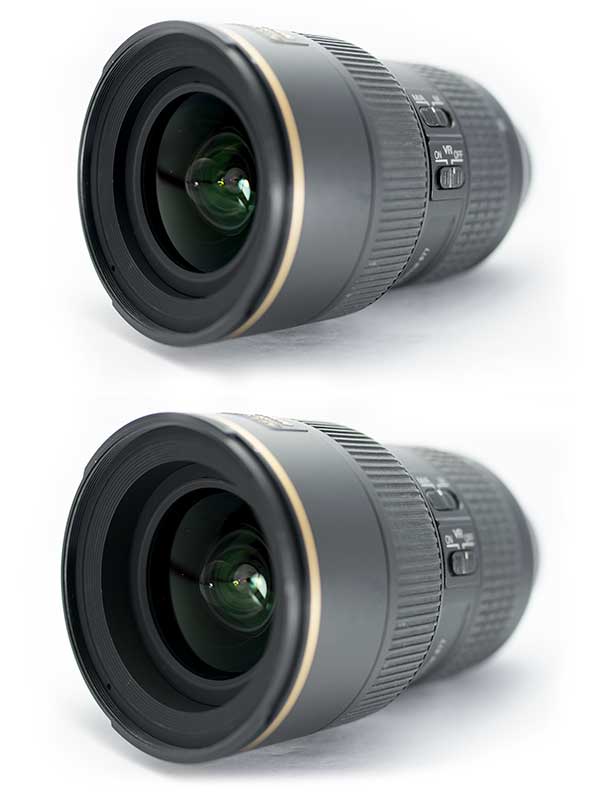
Nothing too fanciful for the rest, but there are a manual focus override and VR switch on the side of the lens.
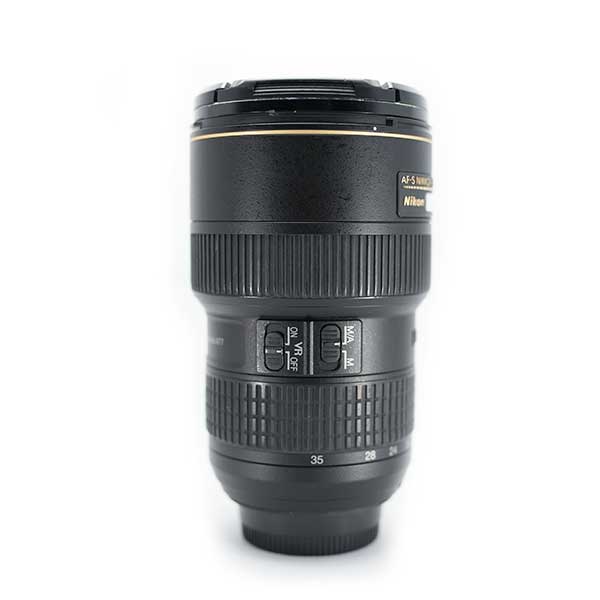
AUTO-FOCUS
The autofocus is fast, quiet and accurate. I will say that it is spot on 99% of the time, and the only time where it struggled was during poor lighting conditions.
VIBRATION REDUCTION
Some landscape photographers will have this turned off “by default”, as VR might ruin the shot instead when you are shooting on a tripod. But I must say that the VR came in super useful – There are times where I was forced to shoot in hand-held, and I was able to go as slow as 1/4 sec with VR on.
SECTION B
OPTICS & SAMPLES
 So how well does this massive chunk of glass fare? I have been using it for a couple of years, and seriously, it is hard to find another lens to match or out-perform the 16-35mm.
So how well does this massive chunk of glass fare? I have been using it for a couple of years, and seriously, it is hard to find another lens to match or out-perform the 16-35mm.

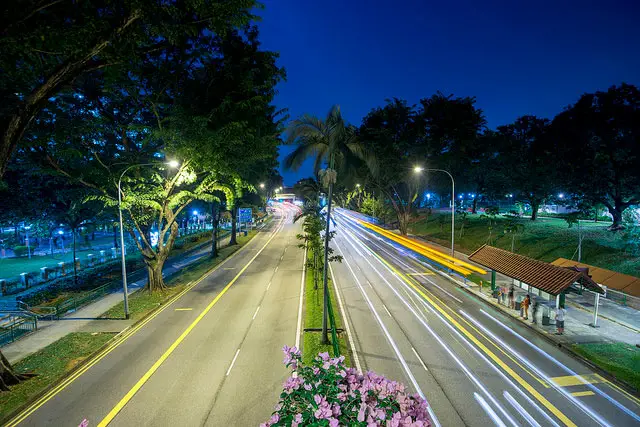

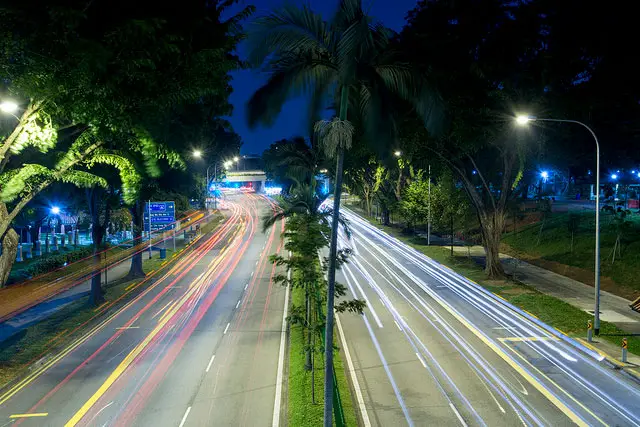
As for ghosting, flaring and chromatic aberration – they are almost non-existent on this lens. This beast simply spits out stunning image quality.
SECTION C
SPECS & USEFUL BITS
 That’s all for this review, and here is a small section on some extras and links that may be useful to you.
That’s all for this review, and here is a small section on some extras and links that may be useful to you.
THE SPECS AND WORTHY CONTENDERS
There are quite a few other ultra-wide lenses in the Nikon family, and I don’t think it will make much sense if I did a comparison with Canon lens here. So I will put the 16-35mm against big brother 14-24mm, and ancestor 17-35mm.
| Nikon 16-35mm | Nikon 14-24mm | Nikon 17-35mm | |
| Price (USD) | About 1050 | About 1450 | About 1250 |
| Filter Size (mm) | 77mm | NA | 77mm |
| Weight (grams) | 680 | 1000 | 745 |
| Elements | 17 elements in 12 groups | 14 elements in 11 groups | 13 elements in 10 groups |
| Vibration Reduction | Yes | No | No |
| Close Focus | 29 cm | 28 cm | 28 cm |
| Angle of View | 107° | 114° | 104° |
| Max/Min Aperture | 4 / 22 | 2.8 / 22 | 2.8 / 22 |
I know, there are many 3rd party wide-angle lens as well. But this is review, not an apple-orange comparison article, so I am just going to leave a list of the 3rd party lenses here for your consideration.
- Sigma 12-24mm f/4
- Tokina 16-28mm f/2.8
- Tokina 17-35mm f/4
- Tamron 15-30mm f/2.8
- Tamron 10-24mm f/3.5-f/4.5
Now let’s move on with the review. But before that, I will do an honorable mention that I am leaning towards the Sigma 12-24mm f/4 as a good alternative wide-angle lens.
WHY DID I GET THE NIKON 16-35MM?
While this is not a comparison article, I am still going to share a little bit of my own choosing process and thoughts. When I first wanted a good wide-angle lens, two lenses immediately came to mind – The Nikon 14-24mm and 16-35mm. But in the end, I decided on the 16-35mm because of the following reasons.
- The 16-35mm had a slightly bigger zoom range.
- F/4 did not bother me. This lens will mostly be mounted on a tripod. Plus the VR comes in VERY handy in places where you cannot deploy a tripod.
- I don’t think the 16-35mm is losing in terms of optical quality.
- You can attach filters to the 16-35mm. (There are no filter threads on the 14-24mm)
- The 16-35mm is cheaper and has better value for money.
I am not advising against the 14-24mm. This is ultimately my own thought process, and I could have easily gotten both lenses… if I had the money.
THE GOOD
- Solid build and weather-sealed… at least it is weather resistant.
- Smooth mechanics, autofocus and zoom.
- Sharp. Very sharp and amazing optical quality.
- VR is useful in low light conditions, and when you cannot deploy the tripod.
THE BAD
- The distortion at 16mm is annoying, but it can be fixed in Photoshop.
- Slightly soft corners at wide open.
- Personally, I don’t like the moving front element.
- That’s it. Nothing much to complain about.
SECTION D
CONCLUSION
 This lens may be a little bit on the expensive side, but to me, that price is justified by the gold ring. It may not be perfect, but a solid build, smooth mechanics, and excellent optics? I can easily call this one of the best ultra-wide lenses.
This lens may be a little bit on the expensive side, but to me, that price is justified by the gold ring. It may not be perfect, but a solid build, smooth mechanics, and excellent optics? I can easily call this one of the best ultra-wide lenses.
While I am not too sure about the rest of the world, but this lens has been a staple in my backpack for years. I have brought it with me on my travels, and this workhorse has never failed to impress me. Definitely worth every single cent I paid for it, and it is not going to leave my backpack anytime soon.

